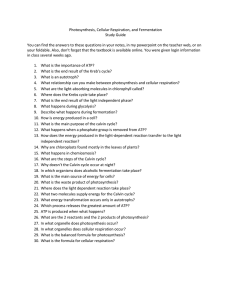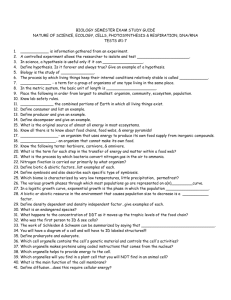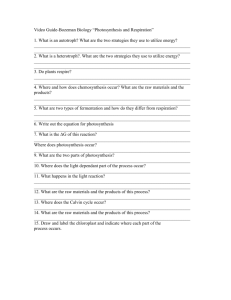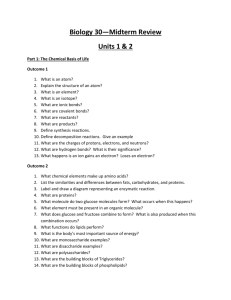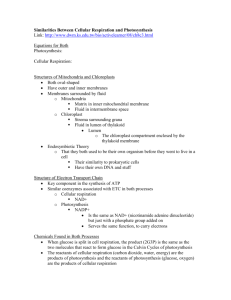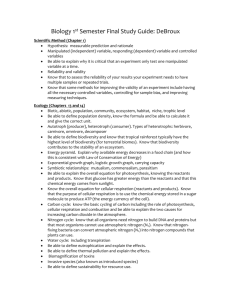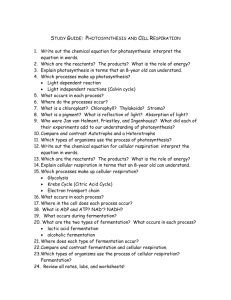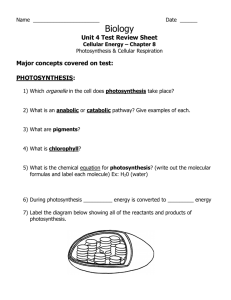Fall Semester Test Review
advertisement
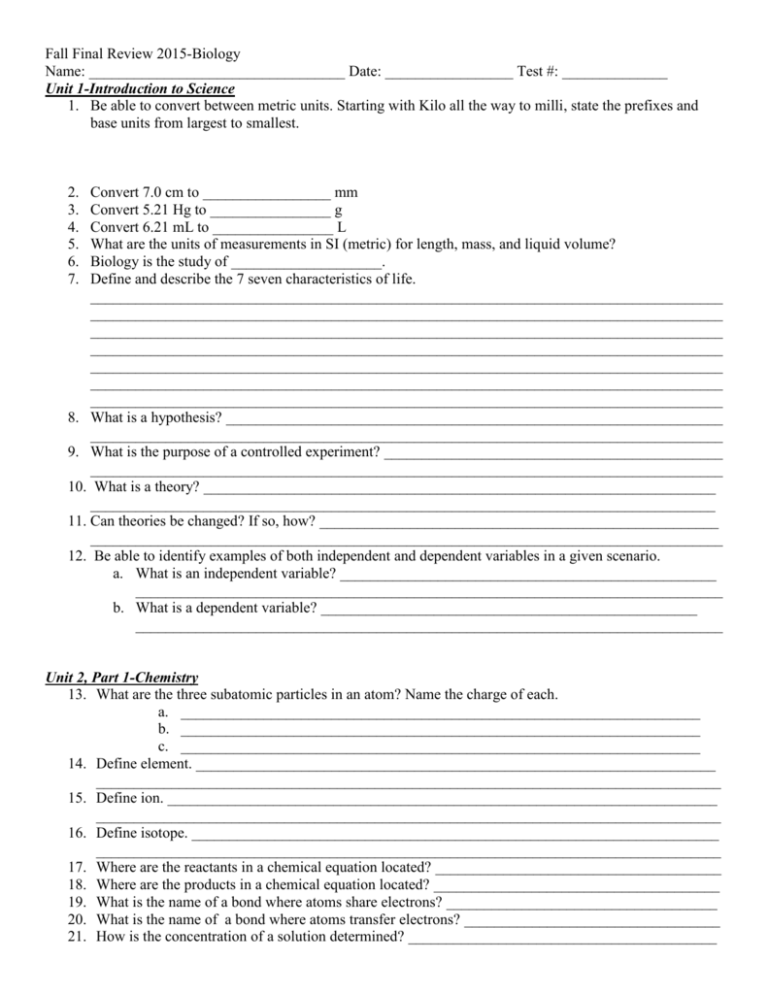
Fall Final Review 2015-Biology Name: __________________________________ Date: _________________ Test #: ______________ Unit 1-Introduction to Science 1. Be able to convert between metric units. Starting with Kilo all the way to milli, state the prefixes and base units from largest to smallest. 2. 3. 4. 5. 6. 7. Convert 7.0 cm to _________________ mm Convert 5.21 Hg to ________________ g Convert 6.21 mL to ________________ L What are the units of measurements in SI (metric) for length, mass, and liquid volume? Biology is the study of ____________________. Define and describe the 7 seven characteristics of life. ____________________________________________________________________________________ ____________________________________________________________________________________ ____________________________________________________________________________________ ____________________________________________________________________________________ ____________________________________________________________________________________ ____________________________________________________________________________________ ____________________________________________________________________________________ 8. What is a hypothesis? __________________________________________________________________ ____________________________________________________________________________________ 9. What is the purpose of a controlled experiment? _____________________________________________ ____________________________________________________________________________________ 10. What is a theory? ____________________________________________________________________ ___________________________________________________________________________________ 11. Can theories be changed? If so, how? _____________________________________________________ ____________________________________________________________________________________ 12. Be able to identify examples of both independent and dependent variables in a given scenario. a. What is an independent variable? __________________________________________________ ______________________________________________________________________________ b. What is a dependent variable? __________________________________________________ ______________________________________________________________________________ Unit 2, Part 1-Chemistry 13. What are the three subatomic particles in an atom? Name the charge of each. a. _____________________________________________________________________ b. _____________________________________________________________________ c. _____________________________________________________________________ 14. Define element. _____________________________________________________________________ ___________________________________________________________________________________ 15. Define ion. _________________________________________________________________________ ___________________________________________________________________________________ 16. Define isotope. ______________________________________________________________________ ___________________________________________________________________________________ 17. Where are the reactants in a chemical equation located? ______________________________________ 18. Where are the products in a chemical equation located? ______________________________________ 19. What is the name of a bond where atoms share electrons? ____________________________________ 20. What is the name of a bond where atoms transfer electrons? __________________________________ 21. How is the concentration of a solution determined? _________________________________________ 22. 23. 24. 25. 26. 27. What is the pH range of an acid? ________________________________________________________ What is the pH range of a base? _______________________________________________________ What is a buffer? ____________________________________________________________________ If you add 10% sulfuric acid to a solution, what type of ions would increase in the solution? _________ How many electrons can the first energy level hold? ________________________________________ Use the element information to answer the following questions. Show your math. a. How many protons are in Nitrogen? _________________ b. How many electrons are in the element Nitrogen? ________________ c. How many neutrons are in the element Fluorine? _________________ d. Draw the correct Bohr Model for Nitrogen. _________________ Unit 2, Part 2-Macromolecules 28. What is an organic compound? _________________________________________________________ 29. List the four macromolecules and their monomers (building blocks). a. _______________________________________________________________________ b. _______________________________________________________________________ c. ________________________________________________________________________ d. ________________________________________________________________________ 30. What are some examples of each macromolecule? a. ________________________________________________________________________ b. _______________________________________________________________________ c. ________________________________________________________________________ d. ________________________________________________________________________ 31. List the four functional groups from your notes and their formulas. a. ________________________________________________________________________ b. _______________________________________________________________________ c. ________________________________________________________________________ d. ________________________________________________________________________ 32. What is an enzyme? __________________________________________________________________ __________________________________________________________________________________ 33. If humans did not have enzymes, what would happen to the chemical reactions in our bodies? _________________________________________________________________________________ Unit 3-Cells 34. What are the differences between prokaryotic and eukaryotic cells? ____________________________ 35. What is an organelle? _________________________________________________________________ 36. What does the cell theory state? _________________________________________________________ 37. Write out the correct order of organization of structures in living things, from simple to most complex. ___________________________________________________________________________________ 38. Write out the function for the following organelles and know what type of cell it is found in. In addition, be able to identify it in a cell. a. Nucleus: ________________________________________________________________ ________________________________________________________________________ b. Nuclear Membrane: _______________________________________________________ ________________________________________________________________________ c. Plasma Membrane: _______________________________________________________ ________________________________________________________________________ d. Mitochondria: _______________________________________________________ ________________________________________________________________________ e. Endoplasmic Reticulum: ___________________________________________________ ________________________________________________________________________ f. Golgi Apparatus: _______________________________________________________ ________________________________________________________________________ g. Chloroplasts: _______________________________________________________ ________________________________________________________________________ h. Vacuole: _______________________________________________________ ________________________________________________________________________ 39. What is diffusion? ___________________________________________________________________ __________________________________________________________________________________ 40. What is facilitated diffusion? ___________________________________________________________ ___________________________________________________________________________________ 41. Define osmosis. _____________________________________________________________________ ___________________________________________________________________________________ 42. Define an isotonic solution. ____________________________________________________________ ___________________________________________________________________________________ 43. What is exocytosis? Be able to recognize a picture of this process. _____________________________ ___________________________________________________________________________________ 44. What is the process where animal cells engulf, digest, and destroy invading bacteria? ______________ Unit 4-Photosynthesis and Cellular Respiration 45. What is photosynthesis? _______________________________________________________________ 46. What is the role of chlorophyll in photosynthesis? __________________________________________ 47. What is the equation for photosynthesis? __________________________________________________ 48. What are the products of photosynthesis? _________________________________________________ 49. What are the products of the light reactions that provide energy of the Calvin Cycle? _______________ 50. Where does each of the following reactions take place? a. Light-dependent: ____________________________________________________ b. Calvin Cycle (light-independent): ____________________________________________ 51. What are the inputs in the light-dependent reactions? ________________________________________ 52. What is produced by the light-dependent reactions? _________________________________________ 53. What is the equation for cellular respiration? ______________________________________________ 54. What are the three steps of cellular respiration and in what correct order? ___________________________________________________________________________________ 55. Which process within cellular respiration takes place in the cytoplasm? _________________________ 56. What is the difference between ATP and ADP? ____________________________________________ 57. How is energy released from ATP? ______________________________________________________ 58. What is fermentation? ________________________________________________________________ 59. What are the two types of fermentation? __________________________________________________ Unit 5-DNA 60. What are the monomers for DNA? _______________________________________________________ 61. What are the three parts of a nucleotide? __________________________________________________ 62. What part of DNA is it named after? _____________________________________________________ 63. What two scientists are given the credit for establishing the structure of DNA? ___________________ 64. What does Chargaff’s rule state? ________________________________________________________ ___________________________________________________________________________________ 65. Be able to pair complementary strands. Example: What strand would match TCGAAC? ____________ 66. What enzyme attaches spare nucleotides to DNA template bases? ______________________________ 67. What was the key idea from Griffith’s experiment? _________________________________________ ___________________________________________________________________________________
